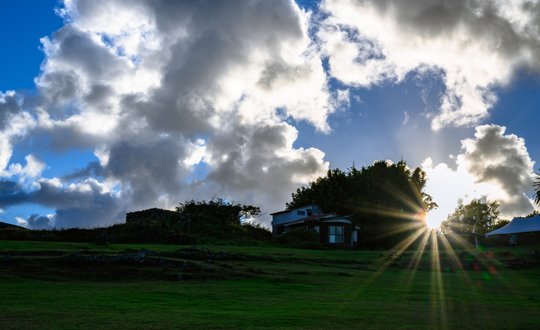The New York Institute of Photography is the world’s largest online photography school, and because we are, we often publish fun and useful photography tips on our photography blog. Please enjoy!

Sunsets are likely one of the most common subjects shot by photographers of all skill levels worldwide. As aspiring professionals, it’s therefore important to make strides towards standing out when capturing an image of something so standard. Although it can be difficult to create compositions more noticeable than the countless rest, here are 5 adjustments you could try next time you’re working at sundown. You don’t have to (and likely can’t) simultaneously employ every rule to each shot you take at sundown. But try experimenting with one or two in an effort to step up your sunset game:
1. Underexpose- People are usually drawn to sunset photos with rich, striking colors. If you somewhat underexpose your shot, you will be more likely to capture shades that look more remarkable and defined.
2. Establish a Foreground- If you’re looking to set your shot apart from others in a noticeable way, don’t overlook the promise of the foreground. In an excited effort to capture the colors of the brilliant sunset, some photographers make the mistake of thinking that impressive hues will be enough to make for a substantial shot. Try to include a subject up front- a body of water, a pier, get creative.
3. Adjust the Horizon Line- Consider putting it in the lower third of the image. Despite the importance of including something interesting in your foreground, if the beauty of the sky is the reason for creating the shot in the first place, it makes sense to feature it using a slight majority of the space you’re allotted in a frame.
4. Create silhouettes- This can add an element of interest to an otherwise plain composition, and can be easily achieved by increasing your shutter speed. The key to creating an appealing silhouette shot is to select a subject with a definitive, recognizable shape.
5. Shoot RAW- Considering the fleeting and unique time of day, this is especially important to remember. You’ll be working with a wealth of beautiful, natural light, and you are likely shooting the sunset with the exact motivation of capturing said natural glow. Photographing JPEG simply will not help you effectively capitalize on this effort.
Want to learn more? NYIP offers accredited photography courses that can help you improve your hobby or start a new career. Request your free course catalog






